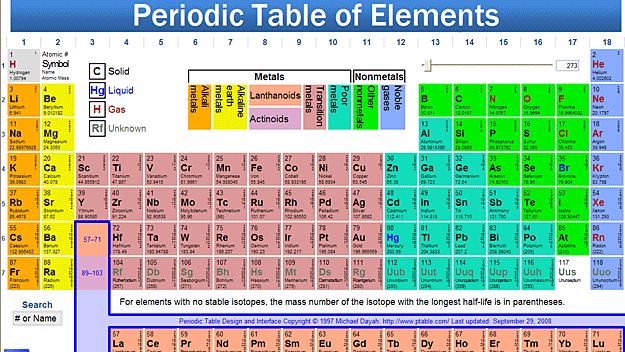
Whereas many cultures attach no religious significance to these shapes, for many people across the world they evoke very strong feelings of religious faith.

Three of the most familiar religious symbols in many nations are the cross, the Star of David, and the crescent moon, which are widely understood to represent Christianity, Judaism, and Islam, respectively. Other objects have symbolic value for religious reasons. Some burned the flag in protest, prompting angry attacks by bystanders and negative coverage by the news media. During the Vietnam War, however, the flag became to many Americans a symbol of war and imperialism. Instead, it is a symbol of freedom, democracy, and other American values and, accordingly, inspires pride and patriotism. For most Americans, the flag is not just a piece of cloth with red and white stripes and white stars against a field of blue. Some of our most important symbols are objects. Certain parts of the Middle East and Asia would be offended if they saw you using your left hand to eat, because they use their left hand for bathroom hygiene. “Thumbs up” in the United States means “great” or “wonderful,” but in Australia it means the same thing as extending the middle finger in the United States. In Bulgaria, however, nodding means no, while shaking our head back and forth means yes! In the United States, if we make an “O” by putting our thumb and forefinger together, we mean “OK,” but the same gesture in certain parts of Europe signifies an obscenity. In the United States, for example, if we nod our head up and down, we mean yes, and if we shake it back and forth, we mean no. However, the same gesture can mean one thing in one society and something quite different in another society (Axtell, 1998). Probably all societies have nonverbal symbols we call gestures, movements of the hands, arms, or other parts of the body that are meant to convey certain ideas or emotions.

It commonly conveys friendship and is used as a sign of both greeting and departure. A common one is shaking hands, which is done in some societies but not in others. As the symbolic interactionist perspective discussed in Chapter 1 “Sociology and the Sociological Perspective” emphasizes, shared symbols make social interaction possible. Some symbols are actually types of nonverbal communication, while other symbols are in fact material objects. Every culture is filled with symbols, or things that stand for something else and that often evoke various reactions and emotions.


 0 kommentar(er)
0 kommentar(er)
